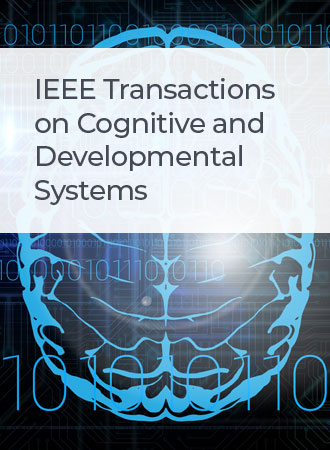A Biomathematical Model for Classifying Sleep Stages Using Deep Learning Techniques
IF 4.9
3区 计算机科学
Q1 COMPUTER SCIENCE, ARTIFICIAL INTELLIGENCE
IEEE Transactions on Cognitive and Developmental Systems
Pub Date : 2024-11-21
DOI:10.1109/TCDS.2024.3503767
引用次数: 0
Abstract
A biomathematical model is a framework that calculates corresponding indices based on biological and physiological parameters, and can be used to study the fatigue states of submarine crew members during long-duration operations. Submarine personnel are prone to fatigue and decreased vigilance, leading to unnecessary risks. Sleep quality plays a crucial role in assessing human vigilance; however, traditional biomathematical models generally categorize human sleep into two different pressure stages based on circadian rhythms. To accurately classify sleep stages based on physiological signals, this article proposes a novel deep learning architecture using single-channel EEG signals. This architecture comprises four modules: beginning with a feature preliminary extraction module employing a multiscale convolutional neural network (MSCNN), followed by a feature aggregation module combining reparameterizable large kernel network with temporal convolutions network (RepLKnet), then utilizing a multivariate weighted recurrent network as the tensor encoder (MWRN), and finally, decoding with a dynamic graph convolutional neural network (DGCNN). The output is provided by a final classifier. We assessed the effectiveness of the proposed model using two publicly available datasets. The results demonstrate that our model surpasses current leading benchmarks.使用深度学习技术分类睡眠阶段的生物数学模型
生物数学模型是基于生物和生理参数计算相应指标的框架,可用于研究潜艇艇员在长时间作业时的疲劳状态。潜艇人员容易疲劳,警惕性下降,导致不必要的风险。睡眠质量在评估人类警觉性方面起着至关重要的作用;然而,传统的生物数学模型通常根据昼夜节律将人类睡眠分为两个不同的压力阶段。为了基于生理信号对睡眠阶段进行准确分类,本文提出了一种基于单通道脑电图信号的深度学习新架构。该体系结构包括四个模块:首先是采用多尺度卷积神经网络(MSCNN)的特征初步提取模块,其次是将可重参数化大核网络与时间卷积网络相结合的特征聚合模块(RepLKnet),然后是利用多元加权循环网络作为张量编码器(MWRN),最后是使用动态图卷积神经网络(DGCNN)进行解码。输出由最终分类器提供。我们使用两个公开可用的数据集评估了所提出模型的有效性。结果表明,我们的模型超越了目前领先的基准。
本文章由计算机程序翻译,如有差异,请以英文原文为准。
求助全文
约1分钟内获得全文
求助全文
来源期刊

IEEE Transactions on Cognitive and Developmental Systems
Computer Science-Software
CiteScore
7.20
自引率
10.00%
发文量
170
期刊介绍:
The IEEE Transactions on Cognitive and Developmental Systems (TCDS) focuses on advances in the study of development and cognition in natural (humans, animals) and artificial (robots, agents) systems. It welcomes contributions from multiple related disciplines including cognitive systems, cognitive robotics, developmental and epigenetic robotics, autonomous and evolutionary robotics, social structures, multi-agent and artificial life systems, computational neuroscience, and developmental psychology. Articles on theoretical, computational, application-oriented, and experimental studies as well as reviews in these areas are considered.
 求助内容:
求助内容: 应助结果提醒方式:
应助结果提醒方式:


